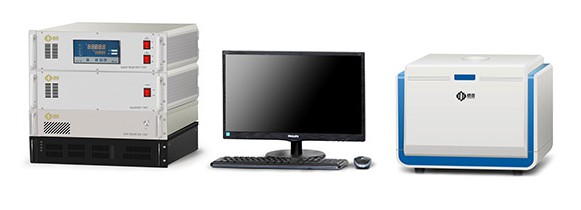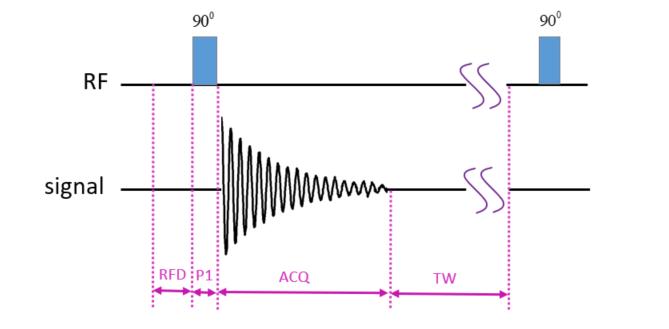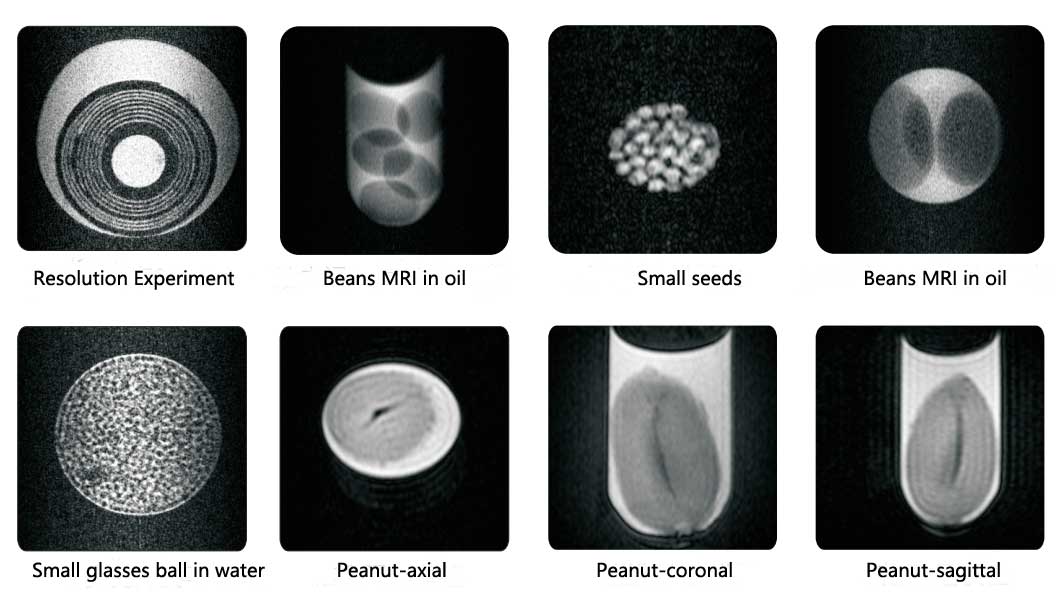En el panorama académico actual, Las experiencias de aprendizaje práctico son fundamentales para que los estudiantes comprendan conceptos y teorías complejos.. Esto es especialmente cierto en los campos de la física y la imagen médica., donde una comprensión profunda de la resonancia magnética (resonancia magnética) principios, hardware, secuencias, y los algoritmos son cruciales. Los sistemas de resonancia magnética de escritorio ofrecen un recurso invaluable para tales actividades educativas, Permitir a los estudiantes obtener una visión profunda del funcionamiento de la tecnología de resonancia magnética..
Aprendizaje práctico con resonancia magnética de escritorio
Los sistemas de resonancia magnética de escritorio son herramientas compactas pero potentes que imitan las funcionalidades de sistemas más grandes., escáneres de resonancia magnética de grado hospitalario. Están diseñados específicamente para fines educativos., Permitir a los estudiantes explorar los principios de la resonancia magnética en un entorno controlado y accesible.. Estos sistemas son fáciles de usar., haciéndolos ideales para cursos de introducción a la tecnología de resonancia magnética..

Cubriendo los fundamentos
Con un sistema de resonancia magnética de escritorio, los estudiantes pueden aprender sobre la física básica detrás de la resonancia magnética, Incluyendo cómo se utilizan los campos magnéticos y las ondas de radio para crear imágenes de estructuras internas.. También pueden explorar los diferentes componentes de un escáner de resonancia magnética., como el imán, bobinas de gradiente, y bobinas de radiofrecuencia, y comprender sus funciones en la adquisición de imágenes..
Enseñanza de secuencias de resonancia magnética
Uno de los aspectos más importantes de la educación sobre resonancia magnética es comprender las diferentes secuencias de imágenes.. Los sistemas de imágenes de RMN de escritorio permiten a los estudiantes experimentar y analizar varias secuencias., incluyendo el decaimiento por inducción libre (DEFENSOR) secuencia, Eco de giro (SE) secuencia, y eco de giro rápido (FSE) secuencia. Al estudiar estas secuencias, los estudiantes pueden obtener una comprensión más profunda de cómo se utilizan para generar imágenes con diferentes contrastes y resoluciones..

Explorando los algoritmos de resonancia magnética
Además de aprender sobre secuencias de resonancia magnética., Los estudiantes también pueden explorar los algoritmos que se utilizan para procesar y reconstruir imágenes de resonancia magnética.. Los sistemas de imágenes de RMN de escritorio brindan una plataforma para que los estudiantes implementen y prueben estos algoritmos, permitiéndoles comprender su funcionamiento y limitaciones.. Este conocimiento es crucial para los estudiantes interesados en realizar investigaciones en tecnología de resonancia magnética..

En conclusión, Los sistemas de imágenes por RMN de escritorio ofrecen un excelente recurso para enseñar los principios de la RMN., hardware, secuencias, y algoritmos en cursos de física e imágenes médicas.. Proporcionando una experiencia de aprendizaje práctica., Estos sistemas permiten a los estudiantes obtener una comprensión profunda de la tecnología de resonancia magnética y sus aplicaciones.. Con el desarrollo continuo de los sistemas de imágenes de RMN de escritorio, Podemos esperar ver aplicaciones educativas aún más innovadoras en el futuro..
 mohoso
mohoso